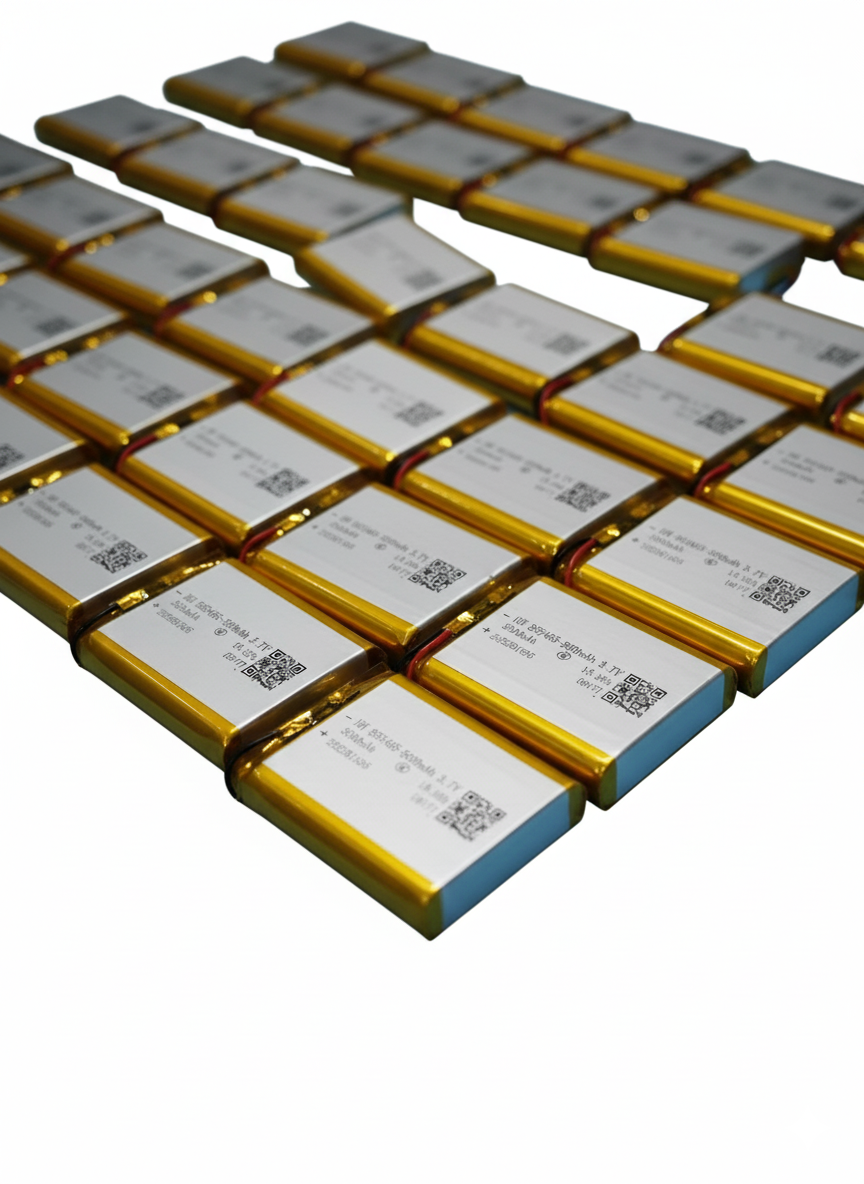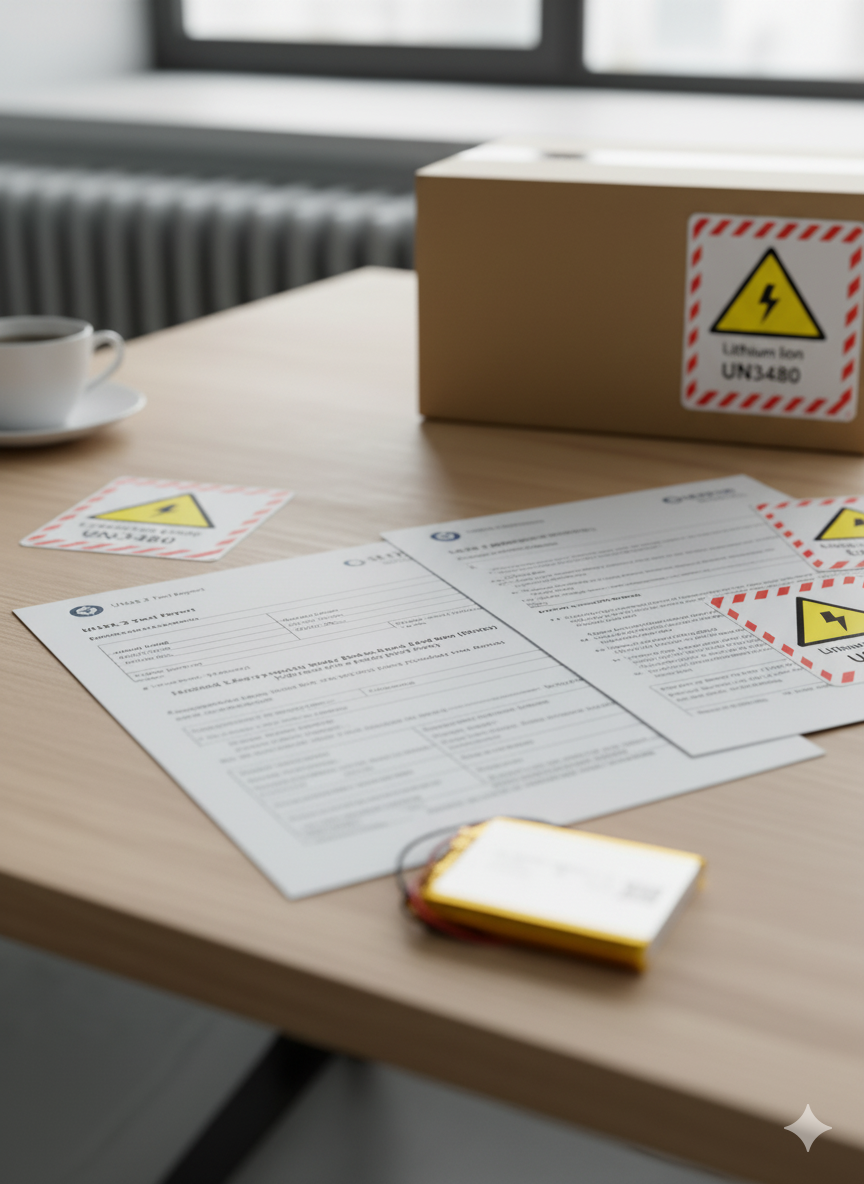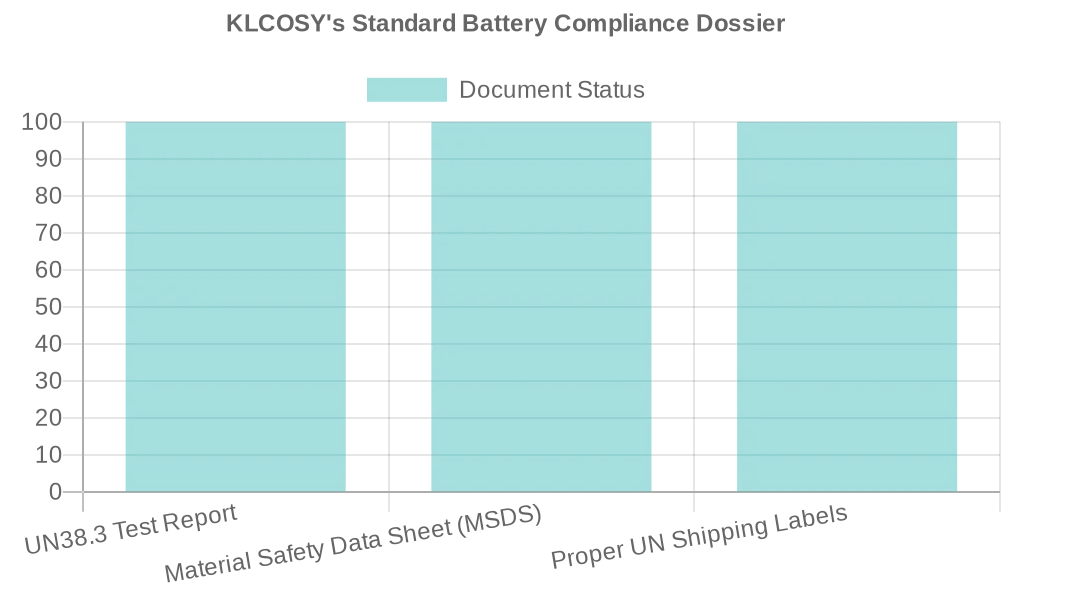Lithium-Ion Battery Safety: A B2B Sourcing Guide for Massagers
- By Grace
- Updated on
Let's be blunt. When you launch a new portable electronic device, your biggest liability isn't the motor or the software. It's the small, energy-dense lithium-ion battery packed inside. A single battery incident—whether a shipping fire or a failure in a customer's home—can create a catastrophic safety crisis, destroy brand trust, and lead to immense legal and financial consequences.
I can't overstate how seriously we take lithium-ion battery safety. For us, it’s not a feature—it’s a complete, multi-layered safety system that we engineer with an obsession for detail. We believe that guaranteeing battery safety is the most fundamental promise we can make to you and your customers.
This guide will detail our "no-compromises" approach. I'll show you how we source our cells, the critical role of the Battery Management System (BMS), and the exact procedures and documentation we provide to ensure your product is safe and compliant from our factory to your customer's hands.
It All Starts with the Cells
A battery pack is only as good as its individual cells. So how do you ensure that the core of your product isn't built with cheap, uncertified cells that are prone to failure under stress?
You do it by enforcing a strict "Tier 1 Only" sourcing policy. We do not compromise on this. A product manager for a consumer electronics brand told us their previous supplier's use of "equivalent" no-name cells led to a 5% field failure rate within a year. Our commitment to using only certified Tier 1 battery cells from top-tier manufacturers like ATL, LG, or Samsung was a primary reason they switched to us.

The global battery market is a minefield of cheap, low-quality cells. They might pass an initial test, but they often lack the manufacturing consistency, chemical stability, and internal safety features of cells produced by world-class manufacturers. Using these "B-grade" cells is the biggest gamble a brand can take. Our sourcing policy is rigid and non-negotiable: we only build battery packs using new, A-grade cells from a pre-vetted and audited list of top-tier global suppliers. This is our first and most critical line of defense. We are happy to provide the material certification and incoming QC data for the specific cells used in your product, giving you a transparent and auditable supply chain.

How Does the "Brain" of the Battery Prevent a Catastrophe?
Even the best cells can be dangerous if they aren't managed correctly. What stops the battery from over-charging, overheating, or short-circuiting?
The "brain" of the battery pack—the Battery Management System (BMS)—is the active safety guardian. A cheap or poorly designed BMS is a ticking time bomb. A compliance engineer for a European brand told us our BMS's robust, multi-level protection was a key factor in their ability to easily achieve CE certification. Every battery pack we build incorporates a high-quality BMS with a comprehensive suite of protection circuits.

That's why our engineering standard demands BMS for massagers that provide, at a minimum, four critical layers of protection.
The 4 Pillars of BMS Protection
- Over-Charge Protection: The BMS constantly monitors the voltage of each cell. If it detects a cell is approaching its maximum safe voltage during charging, it will immediately cut off the current to prevent overheating.
- Over-Discharge Protection: Allowing a battery to discharge too deeply can cause permanent damage. The BMS will put the battery into a safe "sleep" mode if the voltage drops below a critical threshold.
- Short-Circuit Protection: If a short circuit occurs, the BMS will instantly detect the massive surge in current and open the circuit in microseconds, preventing a thermal event.
- Over-Current / Temperature Protection: The BMS monitors the current draw and the temperature of the pack. If it detects an unsafe level of current or excessive heat, it will temporarily disable the battery to allow it to cool down.
This intelligent, active protection is the second critical layer of our massager battery safety system, ensuring the battery operates safely within its engineered limits at all times.
How Do You Guarantee Safe Shipping and Regulatory Compliance?
You've built a safe product. Now, how do you ensure it can be legally and safely transported across international borders?
Let's talk logistics. Lithium-ion batteries are classified as Dangerous Goods for transport, and the regulations are complex and brutally enforced. Failure to comply can result in massive fines and confiscated shipments. An international logistics manager for one of our clients said, "Getting a shipment held in customs because of missing battery documentation is a nightmare. KLCOSY's 'compliance-in-a-box' documentation package is the best I've ever seen. It makes my job easy." This is a key part of our private label battery sourcing promise.

Our 3-Part Compliance Guarantee:
- Rigorous UN38.3 Testing: Before any battery pack is approved for use, it must pass the UN38.3 test series—a brutal set of tests that simulate the rigors of transport. We provide you with the full, certified test report.
- Comprehensive Documentation: With every shipment, we provide a complete documentation package. This includes the UN38.3 report and the Material Safety Data Sheet (MSDS). This package is essential for UN38.3 shipping compliance.
- IATA-Compliant Packaging: We pack all products containing lithium-ion batteries according to the specific IATA Packing Instruction (e.g., PI 967 for batteries in equipment). This includes using strong outer packaging and applying the correct UN markings and battery handling labels.
Battery safety is an area where there can be no shortcuts and no compromises. Our multi-layered system—built on a foundation of Tier 1 cell sourcing, an intelligent BMS, and a rigorous adherence to shipping regulations—is designed to provide you and your customers with complete peace of mind. How to ship lithium-ion batteries safely is a question we answer with a comprehensive and verifiable safety system, not just a product with a battery. We invite you to demand this level of transparency and make our battery safety dossier a mandatory part of your technical review process.




